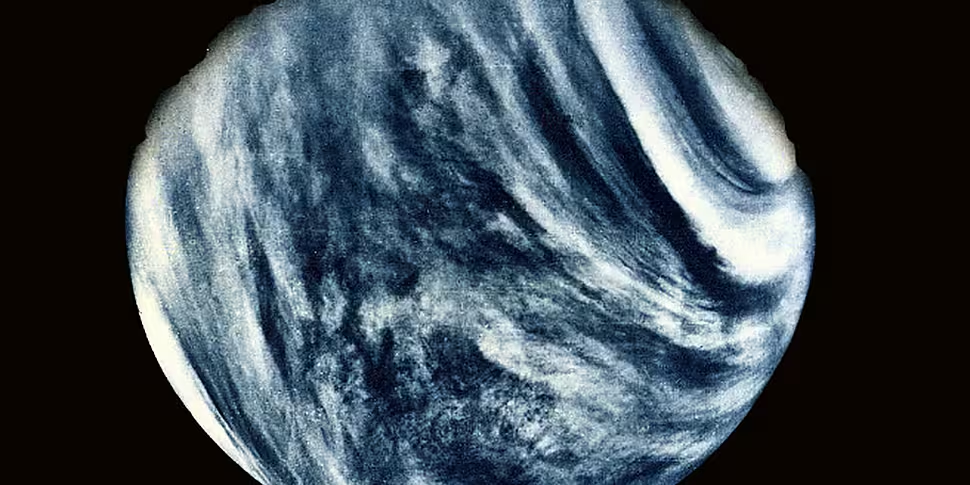The night sky is set to light up with one of the year’s most spectacular sights this evening as the Planet Venus moves closer to the moon.
There will be no need for a telescope to take in the show as the moon, Mars and Venus come together for a celestial phenomenon known as a conjunction.
The event is being billed as “one of the most amazing sights visible to the naked eye for the whole year.”
Venus’ has been blazing in the evening skies from sunset until 9pm ever since Christmas as the planet moves closer to Earth on its journey around this side of the sun.
This evening, the planet will be at its closest point to the moon with Mars visible just to the upper left of Venus in the sky.
Mars and Venus will then continue to move closer to each other until tomorrow night, Wednesday Feb 2nd.
Visible to the naked eye
Astronomy Ireland editor, David Moore said - cloud willing - everyone in Ireland will be able to see tonight’s triple-treat event with the naked eye.
“Indeed, a quick glance at the Moon between sunset and 9pm will immediately raise eyebrows as this brilliant object (the planet Venus) has been this close to the Moon so high in the sky for a very long time - and this will be the closest they will get all year,” he said.
“We cannot emphasise enough how spectacular this sight will be tonight.”
He warned it will be four years before the two planets come so close together in the night sky again.
Hell on Venus
Venus - almost the same size as Earth - has a runaway greenhouse gas effect which has driven the surface temperature to 500 Celsius.
Covered in clouds containing sulphuric acid, the planet experiences ‘air’ pressure 90 times that found on Earth.
Both Mars and Venus contend for the honour of closest planet to Earth at different points in their orbits around the sun.
Giant Telescope Watch
Astronomy Ireland will be hosting a special “Giant Telescope Watch” at 7pm tomorrow night to celebrate the event at its Headquarters on the outskirts of Dublin.
The telescopes in use can show up to a quarter of a million times more detail than the human eye so space enthusiasts will see Venus transformed into a crescent shaped disk.
"To have two planets visible to the naked eye come close together in the sky is a rare treat, so we just had to set up powerful telescopes to show both up close to the general public," said Mr Moore.
The event is free to attend and further details can be found at Astonomy.ie.









